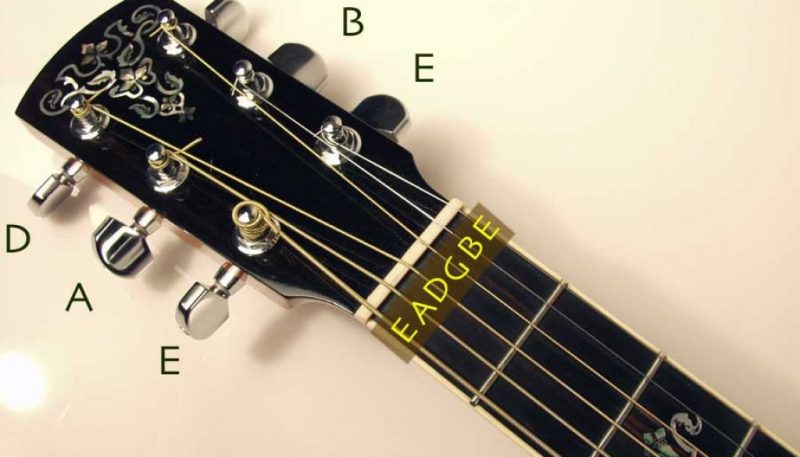They don’t spend their lives on tour buses, performing for hundreds or thousands of fans. They don’t make music videos or appear on album covers and late-night TV show couches—all the things musicians are supposed to do in the popular imagination. But they constantly compose, play, and record music. And their work may get heard far more than that of most aspiring stars, though we may never know their names.
They are session musicians, the seasoned players that songwriters, singers, and producers call on when it’s time to get into the studio and get serious. And Carol Kaye may be the most prolific of them all, “with a career spanning more than half a century and appearances on an estimated 10,000 recordings,” as the Polyphonic video profile above notes.
Name a classic rock, pop, R&B, or soul album and there’s a very good chance Kaye’s bass appears on it. The Beach Boys, Neil Young, Frank Zappa, Lou Rawls, Ike & Tina Turner, Dusty Springfield, Love, The Monkees, Ray Charles, The Righteous Brothers, Wayne Newton, and on and on.
She started as a guitar prodigy at the age of 13. Soon, she was teaching the instrument and playing jazz clubs at night. At 25, she caught the attention of bandleader “Bumps” Blackwell, who recruited her for her debut session gig, playing on Sam Cooke’s “Summertime.” Her rhythm guitar work can also be heard on Richie Valens’ “La Bamba” and several Sonny & Cher hits.
But it’s Kaye’s work on the bass that made her most renowned, the result of a “happy accident” when the bass player in a recording session failed to show up. Kaye took over and loved it so much that she stuck with the instrument, saying in one interview that she found in the bass “my own little spot. I knew what to do and what to invent.”
Invent she did, on both guitar and bass, contributing her tasteful playing to so many classics that the history of modern music cannot be told without her. She has influenced countless bass players, from Gene Simmons to Tina Weymouth and written some of the most iconic grooves of all time. How’s that for a musician who never made a video?
Related Content:
Meet Carol Kaye, the Unsung Bassist Behind Your Favorite 60s Hits
Carol Kaye, 81-Year-Old Pioneer of Rock, Gives Kiss’ Gene Simmons a Bass Lesson
7 Female Bass Players Who Helped Shape Modern Music: Kim Gordon, Tina Weymouth, Kim Deal & More
Josh Jones is a writer and musician based in Durham, NC. Follow him at @jdmagness


